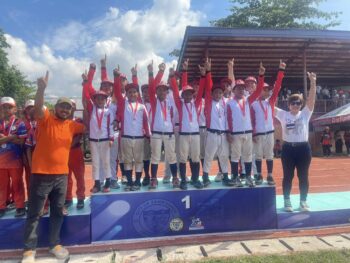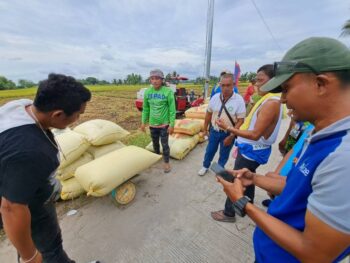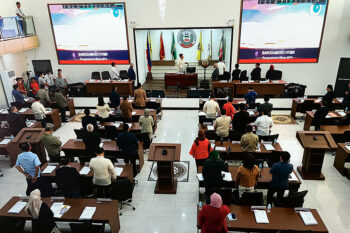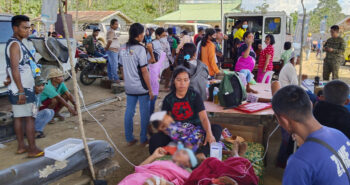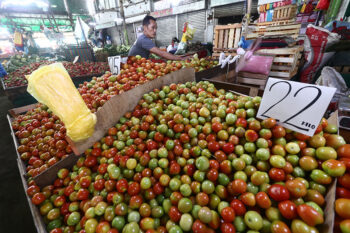
QUEZON CITY (MindaNews) – A lecture during AFP Webinar on Extremism and Terrorism on 30 March 2022.
- The rise of extremist ideologies in Southern Philippines was originally envisioned as an alternative to Moro nationalist liberation project with the latter’s failure to achieve the purported aim in establishing the so-called Bangsamoro Republik and in freeing from the bondage of Philippine State what is known as “hulah” (country), “bangsa” (nation) and “agama” (religion).
- In more general sense, it was ushered with the convergence with what Harry Eckstein (1965) refers to as “precondition” and “precipitants” of internal wars while aggravated with what Bassam Tibi (1998) acknowledges as the impact of intensified “global structure of power” that has created generally anti-status reverberations known as political Islam or siyasa al-Islamiy in many countries, including the Philippines.
- In the case of Philippine Muslim radicals, successive failure of peace talks has been consistently taken advantage of by radical groups prodding them to organize as they launched what they considered as jihad qital (struggle for war) while viewed as extremism and terrorism by the State.
- The nuance between extremism and terrorism is that the former as a possibility of thought and act may exist in both ends of spectrum or “extreme end” and does not necessarily lead a person to become “terrorist” as s/he can simply become theoretical extremist or ideologically radical, although one can just be a step away from the door of terrorism; whereas the latter (terrorism) could manifest when one is actually engaged in political violence with the end to wreak havoc in society and inflict damages on both combatants and non-combatants using generally unconventional means of struggle.
- The launching of jihad rightly or wrongly is often resorted to given the historically conditioned Moro war tradition reinforced by generally callous groups and movements that are easily prodded to act violently. It is easily resorted to with the use of ideology that is rich in theory but problematic in terms of praxis magnified with tension between history and visioning the future in Muslim society.
- What makes the discourse on the theory and the praxis of jihad intellectually challenging is that it is traditionally framed with the prism of religion and politics with attendant power dynamics and immense implications on various levels of local, national and international affairs. As such, jihad can easily be resorted to even clothed with its morally salvific and paradisiacal pursuit by their proponents while unscrupulously used as tools of hegemony in international politics despite being dismissed as extremism and terrorism. Relatively similar scenario could reveal the same pattern of unscrupulousness in macro-politics.
- A crucial part in the danger of extremism is not simply the presence of ideology. It is access to weapons. Both ideology and weapons are powder kegs of terrorism. To comprehend fully modern day phenomenon of terrorism, a wider prism is necessary in understanding power structures and their interaction in local, national and global environments.
- Islamist ideology is often hatched in the Middle East and some Muslim countries that suffered from “global structure of power” polarizing Arab regimes and political Islam that often trigger the formation of transnational Islamic movements as they spread in Mindanao and the Sulu Archipelago and blend with local milieu while taking new and unique forms.
- The character of Islamic movements can be defined by dynamics of society, power, elite politics, and underground economy, including the recently popularized notion of narcopolitics, the latter being crucial precipitant in the war in Marawi in 2017. Islamic movements can also be sustained by various form of linkages like intelligence, funds, and arms.buy seroquel online https://overcomecovid.org/bundle/publish/31/seroquel.html no prescription pharmacy
The strategies of radical groups determine, to a certain degree, their resilience and life cycles. Tenacity alone is not enough. - Access to weapons is often traceable to “structural leaks” of war profiteering industries with their national and local cohorts in various shades. In the Philippines, critical question has been perennially raised: where do weapons and bullets of Muslim extremists come from?buy addyi online https://overcomecovid.org/bundle/publish/31/addyi.html no prescription pharmacy
[MindaViews is opinion section of MindaNews. Julkipli Wadi is Professor of Islamic Studies at the University of the Philippines.]


